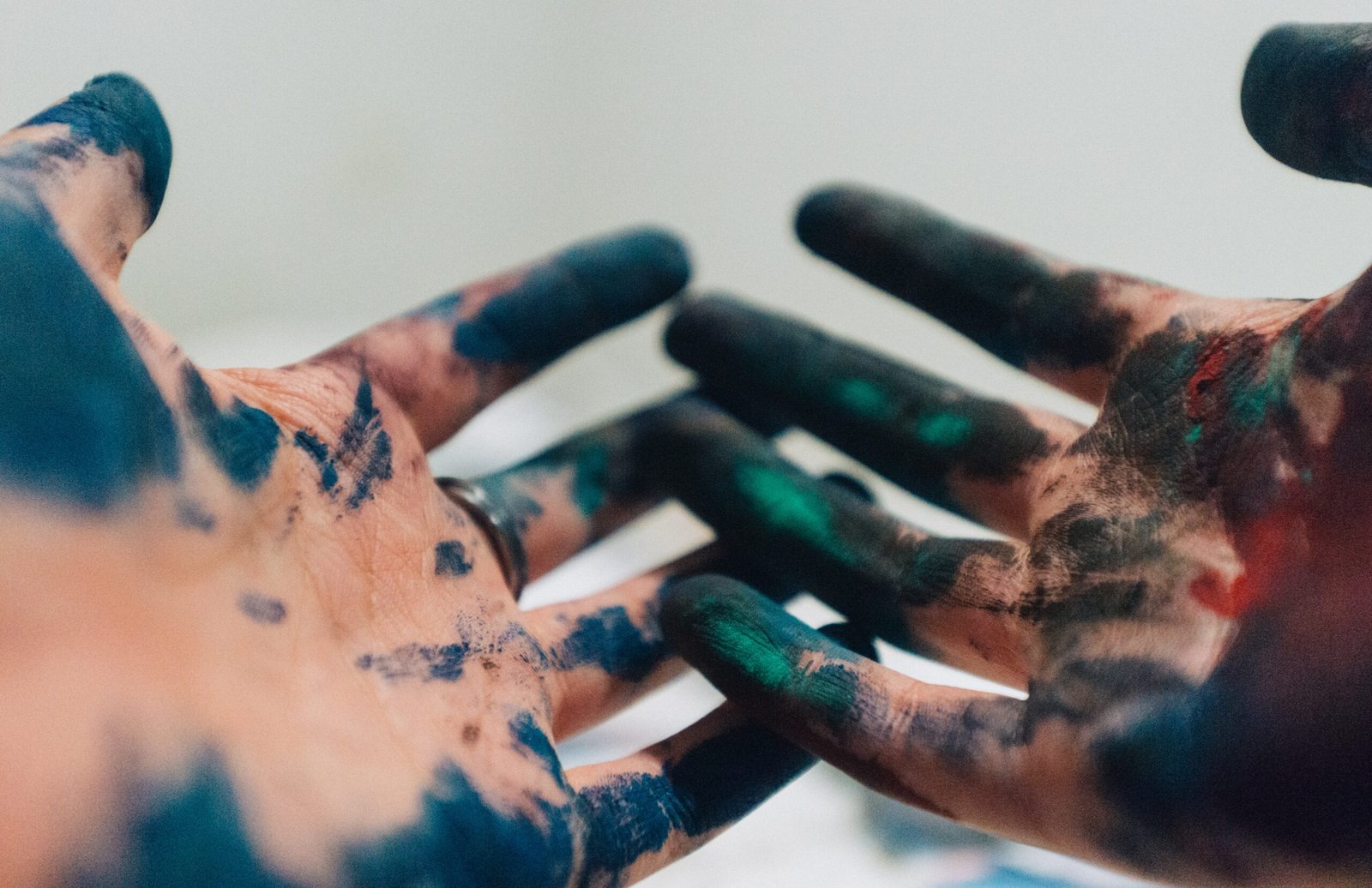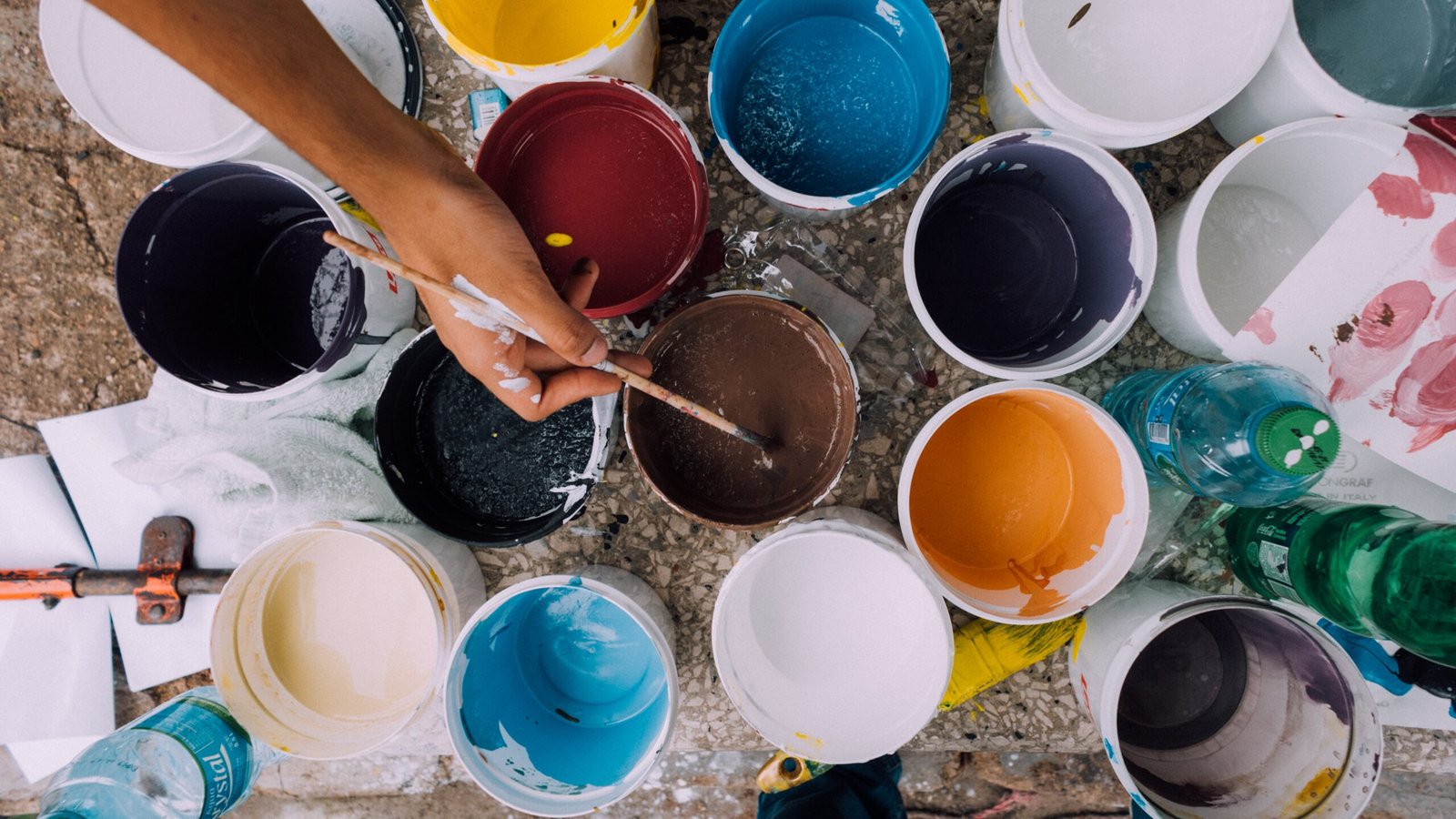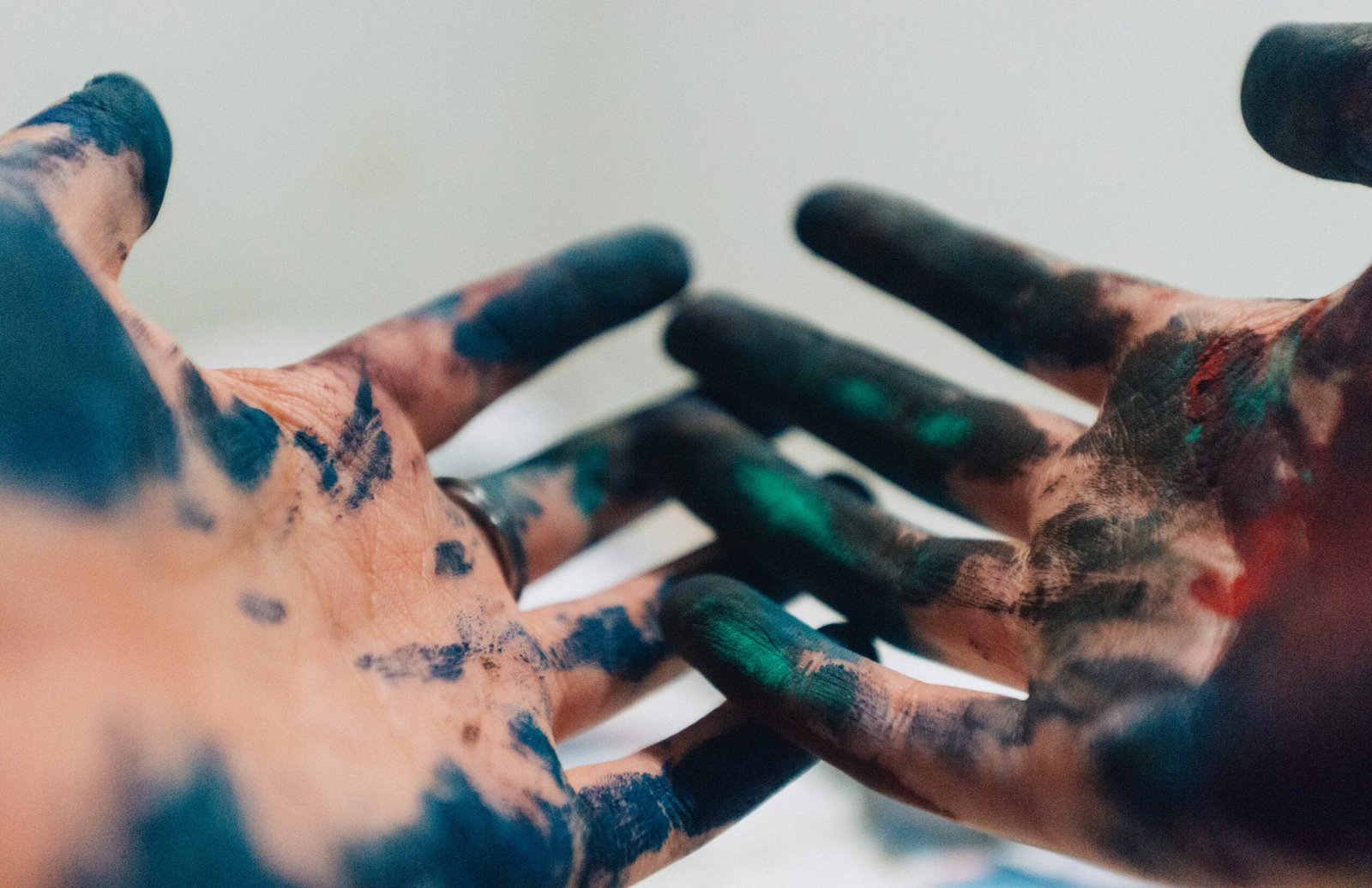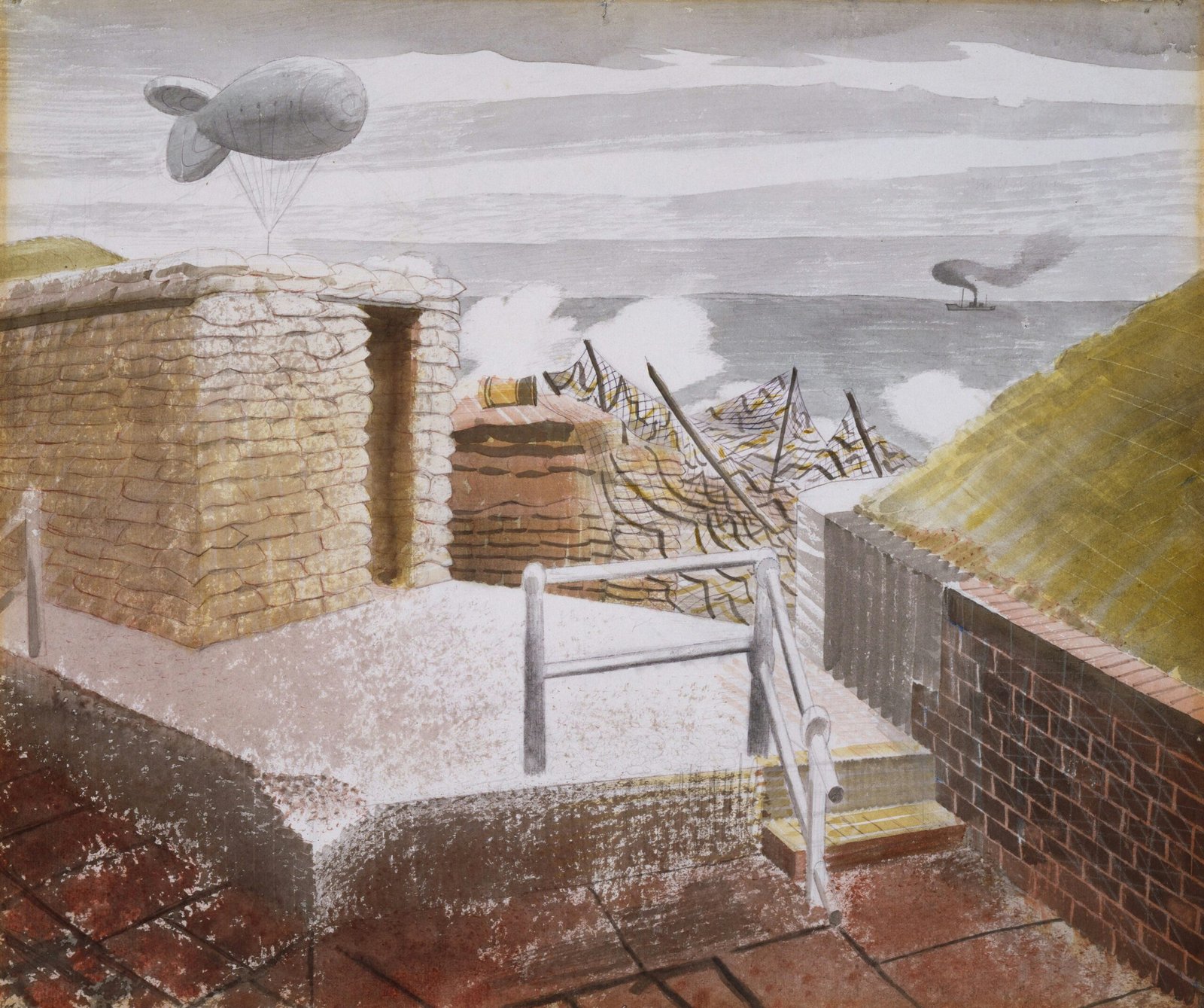Imagine stepping into the captivating world of art auctions, where the traditional bidding process meets the glitz and glamour of a television production. Auction houses like Christie’s and Sotheby’s are revolutionizing the way art auctions are held by incorporating elements typically seen in TV shows. With control rooms, expert lighting, and state-of-the-art cameras, these auctions are livestreamed on popular social media platforms, attracting a growing online audience. It’s not just the art aficionados tuning in; the allure of witnessing how the affluent elite spend their fortunes draws millions of viewers worldwide. This surge in online viewership has changed the landscape of buyer participation, influencing an increase in bids made through online channels. Advanced technology allows buyers to virtually experience and envision artwork before placing their bids. To create a seamless and professional auction experience, teleprompters assist auctioneers, while hair and makeup experts ensure they look their best. And with the rise in popularity of auction parties, fans can engage in discussions and build communities around these captivating events. So, whether you’re an art lover, a curious spectator, or a potential buyer, these art auctions have truly become a spectacle that invites everyone to participate and immerse themselves in the world of art.
Auction houses enhance art auctions with TV production elements
In recent years, auction houses like Christie’s and Sotheby’s have taken art auctions to a whole new level by transforming them into highly-produced TV shows. These auctions have become a spectacle, with the addition of control rooms, video cameras, and expert lighting to capture every moment of the dramatic sales.

Transformation of art auctions into highly-produced TV shows
Gone are the days of simple auctions taking place in stuffy rooms with a small number of attendees. Auction houses recognize the power of television production elements in enhancing the entire auction experience. By incorporating elements like control rooms, video cameras, and expert lighting, auctions now have the look and feel of a high-end production.
Livestreaming auctions on social media platforms
One of the most significant changes in art auctions is the adoption of livestreaming on various social media platforms. Auctions are now accessible to a global audience through platforms such as YouTube, TikTok, Facebook, and Instagram. This shift has opened up a whole new world of viewership, with millions of people tuning in to see how the one percent spends its money.
Growth of the online viewing audience
With the livestreaming of auctions, the online viewing audience has grown exponentially. This surge in viewership can be attributed to the convenience and accessibility of online platforms. This new breed of auction enthusiasts consists predominantly of younger viewers who are more inclined to make luxury purchases like watches, handbags, and jewelry.
Shift in buyer participation
Alongside the growth in online viewership, auction houses have also witnessed a shift in how buyers participate in the auctions. In the past, most bids would come from attendees at the auction house itself. However, with the advent of livestreaming, more and more bids are now being placed through online channels. This shift has significantly expanded the potential buyer pool and created a more inclusive auction environment.

Virtual viewing and visualization technology
The advancement of technology has not only brought auctions to a wider audience but has also revolutionized the way art is viewed and visualized before bidding. Virtual viewing and visualization technology allows potential buyers to explore and experience artwork digitally. This technology enables individuals to examine intricate details and envision art in their own spaces before making a purchase.
Teleprompters and hair and makeup experts
To enhance the professionalism and efficiency of the auction process, teleprompters are utilized to assist auctioneers in delivering their bids smoothly and confidently. These teleprompters enable auctioneers to seamlessly guide the audience through the bidding process while maintaining a friendly and engaging tone. Furthermore, to ensure presenters and auctioneers look their best on camera, hair and makeup experts are readily available to make them feel confident and comfortable.

Advertising partnerships with companies like Samsung
In the world of art auctions, advertising partnerships are becoming increasingly common. Auction houses are now collaborating with renowned companies like Samsung to enhance the overall experience for both bidders and viewers. These partnerships result in cutting-edge technology being incorporated into the auction rooms, further elevating the production elements and captivating the audience.
Popularity of auction parties and online engagement
Auction houses have observed the growing popularity of auction parties, both in person and online. Fans of art auctions gather together to watch the livestream and engage in lively discussions about the artworks, bidding strategies, and the overall excitement of the event. These auction parties foster a sense of community among art enthusiasts and create an immersive experience that transcends geographical barriers.
In conclusion, the incorporation of TV production elements into art auctions has revolutionized the way these events are presented and experienced. Auction houses have successfully leveraged livestreaming on social media platforms, attracting a vast and diverse online viewing audience. With advancements in technology allowing virtual viewing and visualization, potential buyers have a unique opportunity to engage with artwork on a whole new level. Additionally, the use of teleprompters and other production techniques ensures a seamless and professional auction process. By forging advertising partnerships and encouraging online engagement through auction parties, auction houses are making art auctions more accessible, exciting, and engaging for everyone involved.








